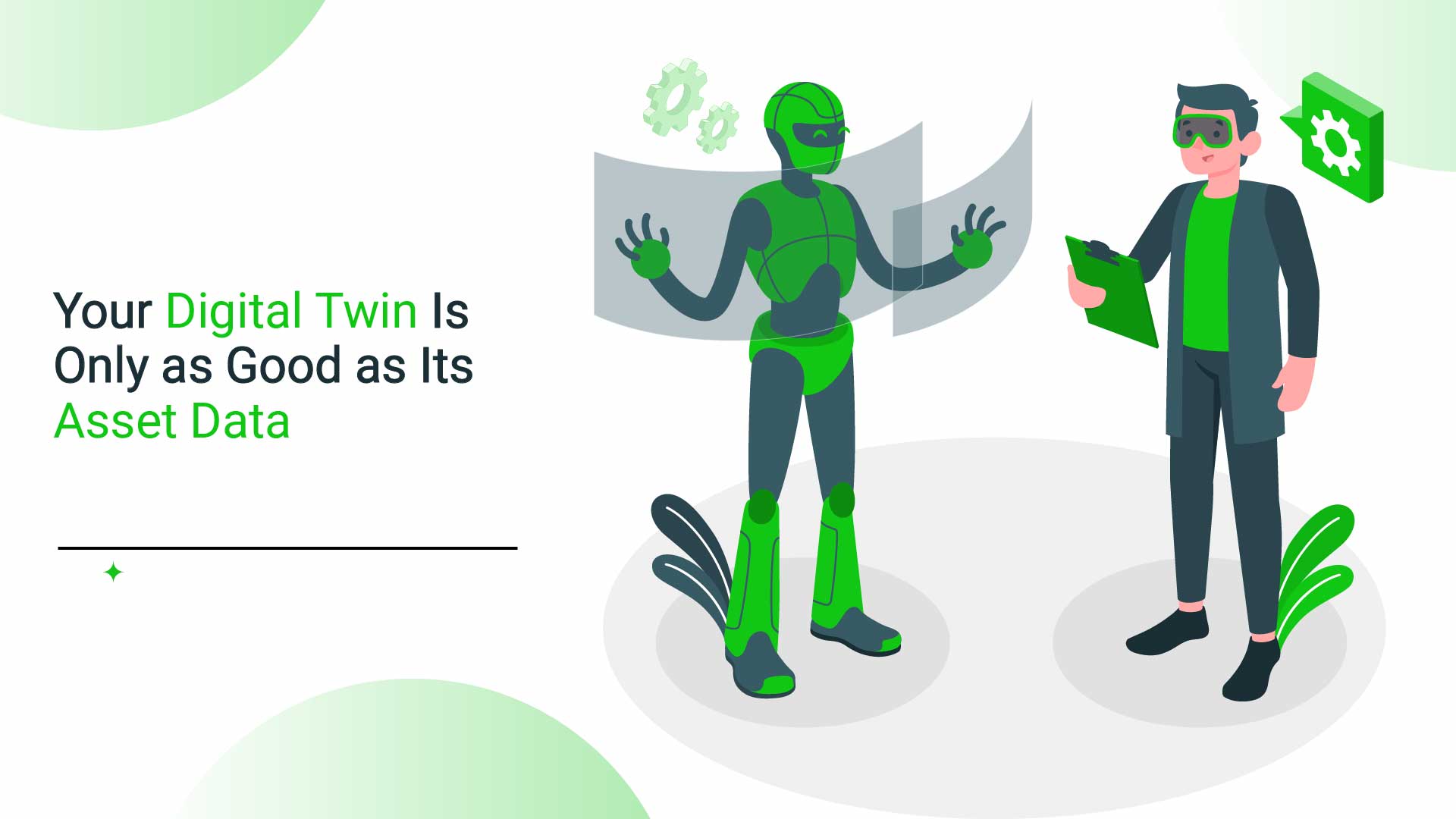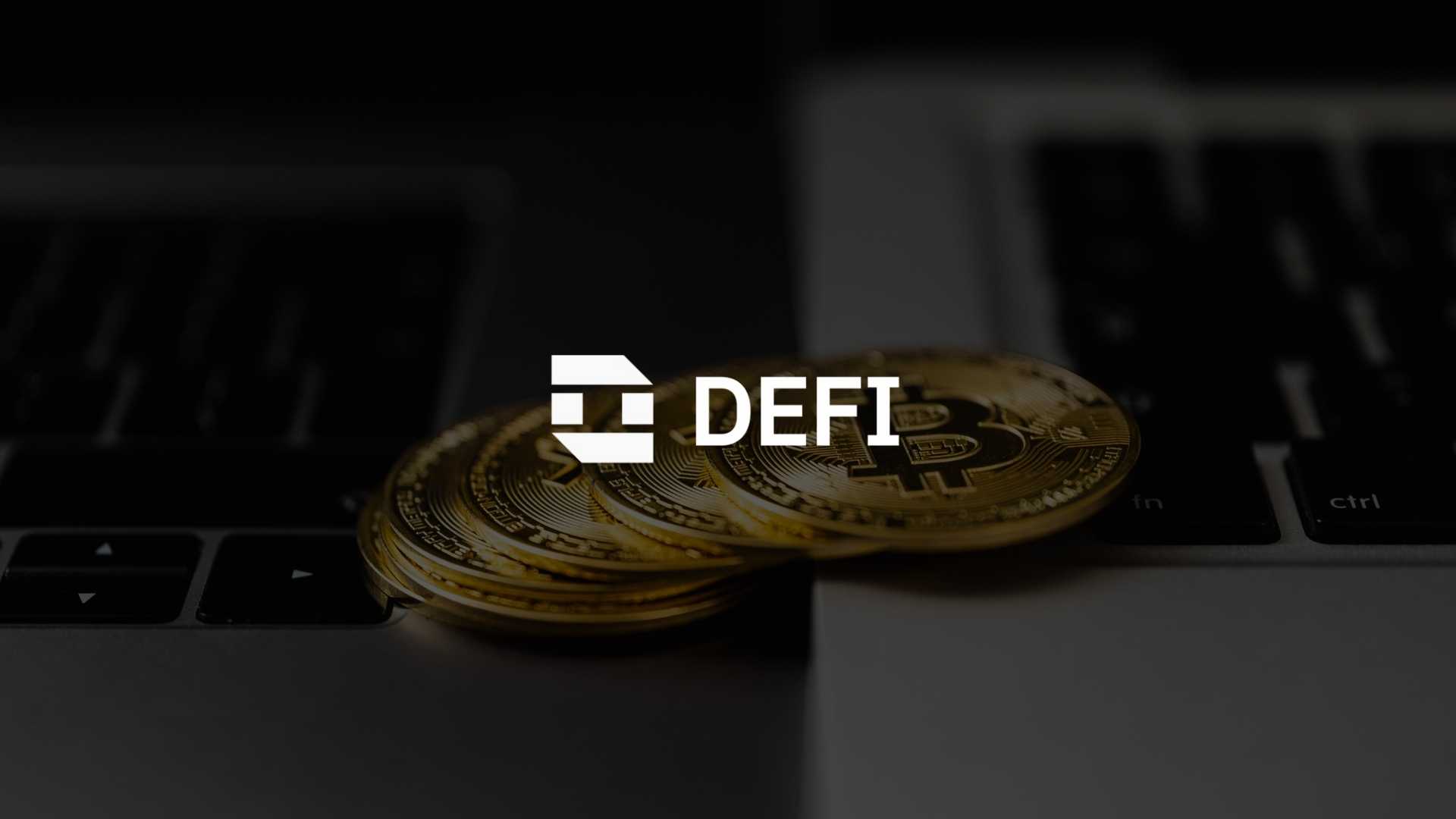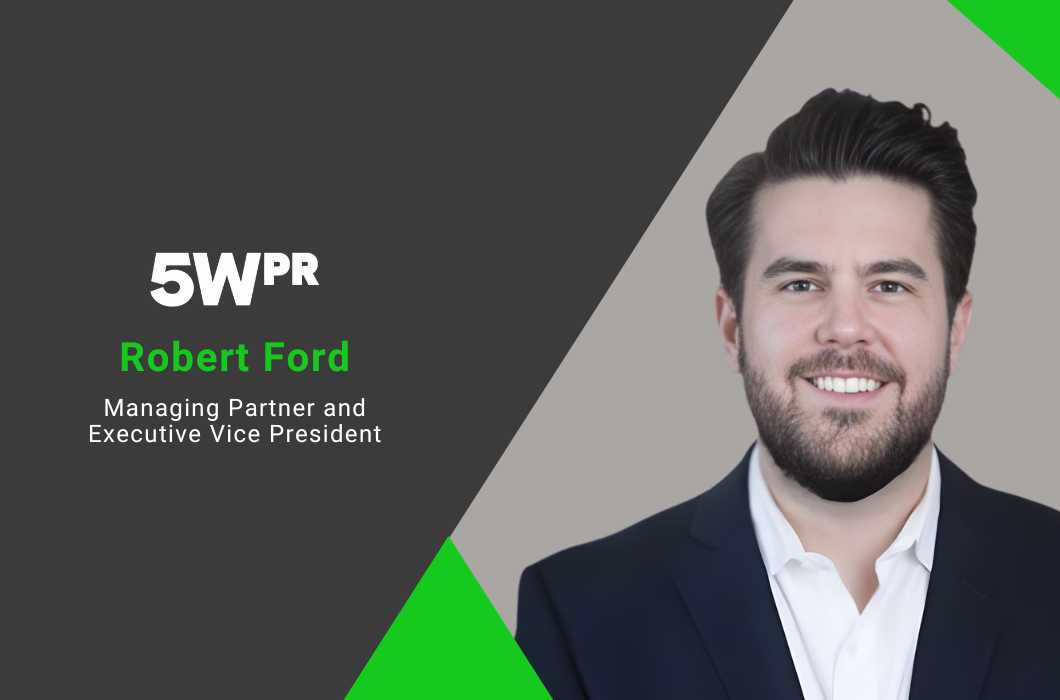Your Digital Twin Is Only as Good as Its Asset Data

Digital twins are having a moment. They demonstrate to executives a sleek 3D rendering animated with simulations, and most leaders immediately ask, “How fast can we get that?”
But here’s the uncomfortable truth — a digital twin is only as good as the data it’s fed. If your asset data is incomplete, stale, or inconsistent, the twin will faithfully mirror those flaws.
In other words, the foundation of any valuable digital twin isn’t the visualization layer, but it’s the integrity and timeliness of the underlying asset data. What the asset is, where it is, what state it’s in, and how it’s performing right now matter!
As a CEO who spends his days around maintenance leaders, operations directors, and IT/OT teams, I’ve learned that data discipline — asset identity, lifecycle history, and condition signals — is the difference between a twin that drives decisions and one that gathers dust.
Models Need Ground Truth
Authoritative definitions matter because they anchor expectations. NIST describes a digital twin as a dynamic virtual representation of a real-world entity that continuously exchanges data with its physical counterpart. Read that again – “continuously exchanges data.” The emphasis is on fidelity and flow.
Standards bodies have been explicit about this, too. ISO 23247 outlines a digital twin framework for manufacturing that begins with clear terms, signal flows, and requirements for maintaining alignment between the physical and digital worlds. That alignment is impossible if the source data is wrong or delayed.
The Cost of Bad Asset Data
Data quality is not an abstract concern. Gartner estimates poor data quality costs organizations an average of $12.9 million per year, factoring in rework, compliance risk, and decision latency. If you push that kind of noise into a twin, you simply accelerate bad decisions at scale.
I see this most often in master data. Duplicate assets with slightly different names, missing serial numbers, mismatched locations, and maintenance histories trapped in spreadsheets. Before you stream sensor readings, you need a trustworthy single source of truth that unambiguously identifies every piece of equipment and its lineage.
Why Condition Monitoring Comes First
A performant twin needs condition data to act on. This isn’t a new idea. ISO 17359 provides long-standing guidance on how to set up condition monitoring programs across machines, including which parameters to capture and why. ISO 13374 complements it with guidance on data processing, communication, and presentation. This is essential scaffolding for turning raw signals into diagnostics and prognostics.
When you do this right, you unlock the real economic promise of twins, which is moving from reactive to predictive maintenance. McKinsey has reported that predictive approaches can reduce machine downtime by 30–50% and extend asset life by 20–40%. These are numbers that can clearly help the bottom line of any organization.
Speak the Same Language or Don’t Speak at All
No conversation about twin data is complete without discussing interoperability. If each asset “speaks” a different dialect, your twin becomes a Babel of adapters and brittle integrations. The Asset Administration Shell (AAS), championed by the Industrial Digital Twin Association and Plattform Industrie 4.0, is maturing into a practical way to represent asset information consistently across vendors.
Whether you adopt AAS or another open model, the principle stands that you should model the asset once, reuse everywhere.
If You Can’t Trust the Data, Don’t Automate the Decision
As twins move from dashboards to closed-loop control, trust becomes existential. NIST’s recent work on digital twin security and trust shows that twins inherit both traditional IT/OT risks and new ones related to real-time command, model integrity, and provenance.
A Data-First Roadmap for Twins That Work
If you’re planning a digital twin initiative, here’s a pragmatic sequence we use with customers to de-risk the journey:
- Establish a clean asset registry.
De-duplicate records, standardize naming, and tie everything to persistent IDs (serials, barcodes, RFID). If you can’t reconcile “pump-A03” across systems, your twin can’t either. Learn from sectors that have solved identity rigor. - Instrument for condition monitoring
Start with high-signal, low-cost sensors (temperature, vibration, current), select parameters and sampling intervals. Build baselines in stable operating states. - Design an interoperable data model.
Choose (and enforce) an information model that multiple vendors can support. Document your submodels (e.g., “Nameplate,” “Maintenance,” “Condition”). - Stream data with context from edge to cloud.
Time-sync your signals, attach asset IDs at the source, and maintain unit consistency. - Govern data quality like a product.
Assign owners, define SLAs for freshness and completeness, and continuously measure data drift. - Start with predictive maintenance use cases.
They’re measurable and build internal confidence. Expect reductions in unplanned downtime and maintenance cost when you embed analytics into work execution. - Layer security and provenance end-to-end.
Treat the twin’s data path as critical infrastructure. Use signed telemetry, access controls, and audit trails.
The Bottom Line
Digital twins are not a shortcut around messy asset data but hey are a forcing function to fix it. Treat your asset registry, condition monitoring, and data model as first-class products with owners, roadmaps, and SLAs. Do that, and the twin becomes a high-fidelity lens on reality that helps you and your teams decide, act, and improve on your business and operation.
- About Syed Ali
- About EZ Web Enterprises
Syed Ali is the founder and CEO of EZO. He has over 25 years of experience including leadership roles at Sun Microsystems and TRG. Ali is also the Senior Vice Chairman at P@SHA, the Pakistan Software Houses Association for IT and ITeS. Additionally, he is a member of HEC’s National Curriculum Review Committee as well as previously teaching at his alma mater LUMS. He has a Master’s degree in Computer Science from the University of Illinois at Urbana Champaign. Ali is based in San Francisco.
EZO began as EZ Web Enterprises in 2011 with a mission to build easy-to-use yet powerful cloud-based applications for organizations worldwide. EZO’s products help thousands of organizations around the globe streamline operations in many key areas, including physical asset management with EZOfficeInventory, IT asset management with EZO AssetSonar, equipment maintenance management with EZO CMMS and rental business management with EZRentOut.



